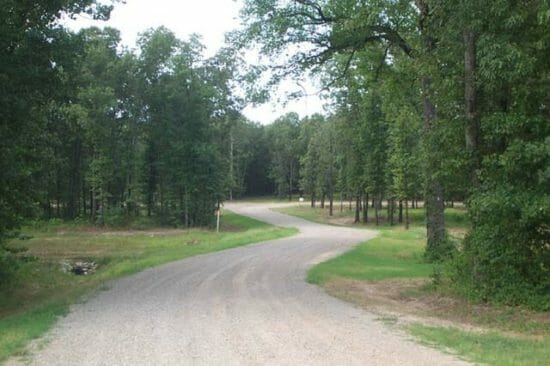E – 1598 Gravel Roads Construction and Maintenance
$200.00
Courses Included
This online engineering PDH course provides clear and practical information on the construction and maintenance of gravel roads. The United States has over 1.6 million miles of gravel roads, amounting to about 53% of the country’s total road mileage. Gravel roads are usually considered greatly inferior to paved roads, but in many rural regions the volume of traffic is so low that paving and maintaining a paved road is not economically feasible. Yet gravel roads serve important functions: providing a means of getting agricultural products in and out of farm fields, timber out of forests, or providing access to remote areas such as campgrounds and lakes. Many gravel roads serve rural residents as well. Given the importance of gravel roads to the economy, especially of rural areas, engineers must understand maintenance and design issues associated with gravel roads. The course material includes many photographs of existing roads that show examples of both good and poor practices in maintenance and design.
This course is based on the document, “Gravel Roads Construction & Maintenance Guide,” August 2015, as part of a joint effort by the Federal Highway Administration (FHWA) and the South Dakota Local Technical Assistance Program (SDLTAP) located at South Dakota State University in Brookings, SD.
Description
This online engineering PDH course provides clear and practical information on the construction and maintenance of gravel roads. The United States has over 1.6 million miles of gravel roads, amounting to about 53% of the country’s total road mileage. Gravel roads are usually considered greatly inferior to paved roads, but in many rural regions the volume of traffic is so low that paving and maintaining a paved road is not economically feasible. Yet gravel roads serve important functions: providing a means of getting agricultural products in and out of farm fields, timber out of forests, or providing access to remote areas such as campgrounds and lakes. Many gravel roads serve rural residents as well. Given the importance of gravel roads to the economy, especially of rural areas, engineers must understand maintenance and design issues associated with gravel roads. The course material includes many photographs of existing roads that show examples of both good and poor practices in maintenance and design.
This course is based on the document, “Gravel Roads Construction & Maintenance Guide,” August 2015, as part of a joint effort by the Federal Highway Administration (FHWA) and the South Dakota Local Technical Assistance Program (SDLTAP) located at South Dakota State University in Brookings, SD.
- Proper road cross section shape: crown, shoulder, and foreslope
- Rehabilitation of deteriorated road
- Principles of drainage: ditches, culverts, and underdrains
- Areas of concern: corrugation (washboarding), intersections, superelevation in curves, rail crossings, soft and weak subgrade
- Selection of gravel
- Avoiding segregation
- Need for testing aggregates
- Handling gravel
- Dust control/stabilizers: types, benefits, and application tips
- Design methods for determining road thickness
- Quantity calculations
- Deciding when to pave a gravel road






